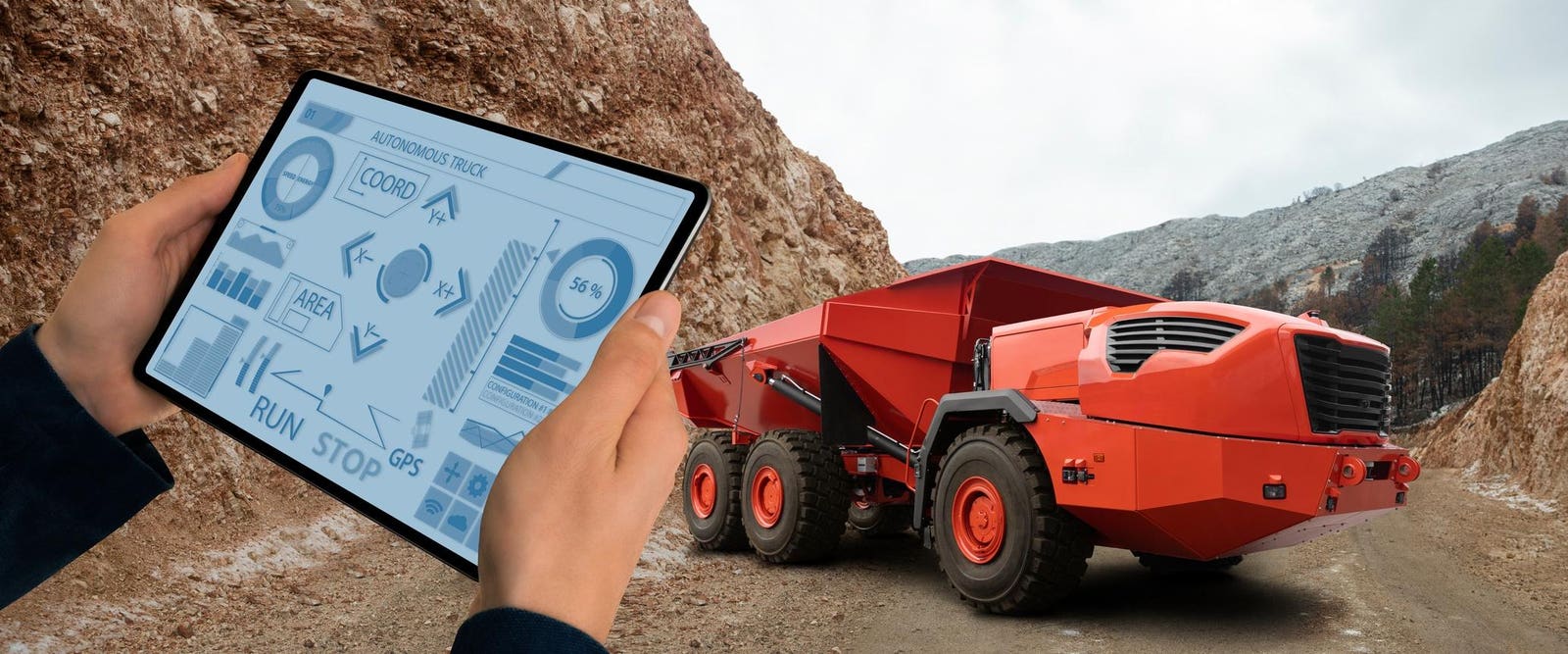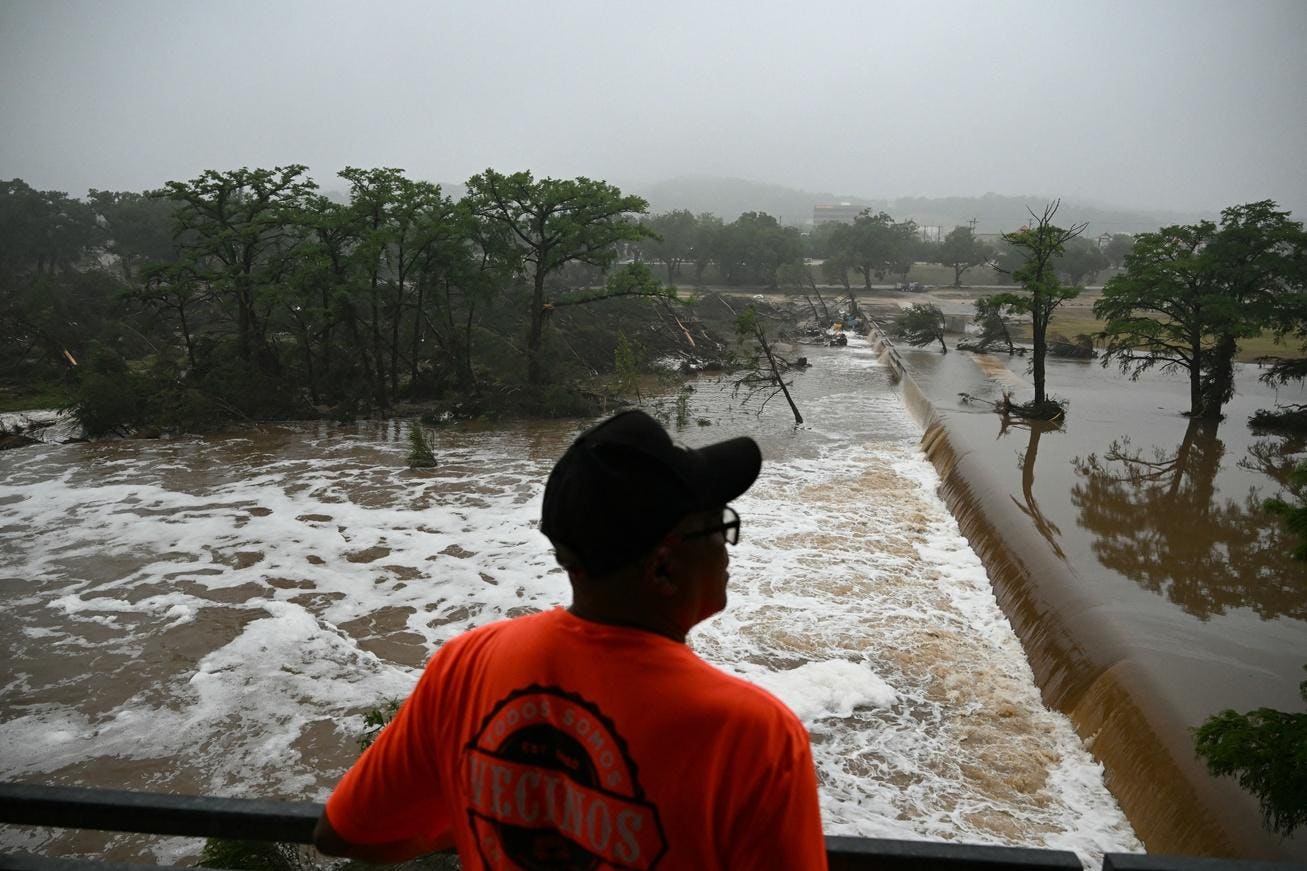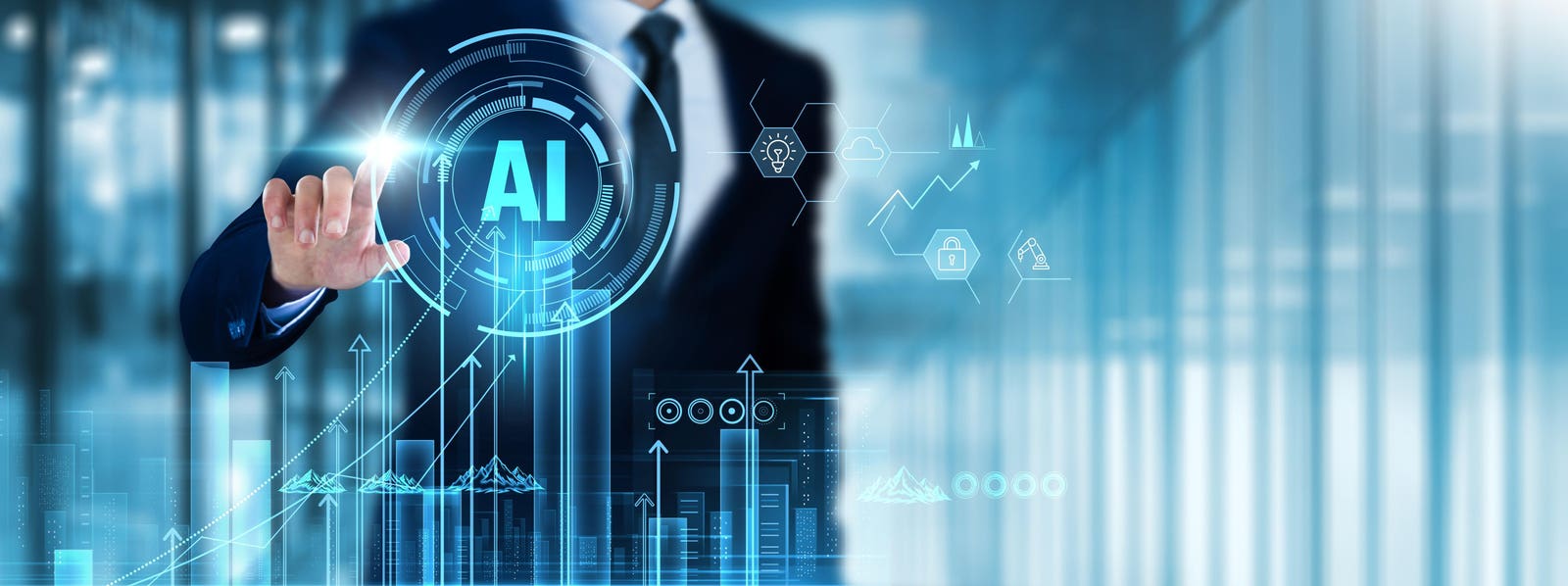AI in mining
Mining might not be something you think about daily, but every physical product we use and depend on is dependent on natural resources that come from and are extracting from the Earth. AI is increasingly being utilized in the mining industry to improve efficiency, safety, and sustainability. So let’s dig into it.
AI Augmented Mining Equipment
Mining operations are performed in unforgiving and hazardous environments. AI systems are helping to improve overall efficiency and safety by removing the human from the most dangerous environments and augmenting human capabilities. There is increasing use of AI to power autonomous trucks, drills, and loaders used in mining operations.
These AI-driven vehicles can operate in hazardous environments with precision, improving safety and productivity. Companies have developed autonomous mining vehicles that are already being used in large-scale mining operations.
When equipment operates in challenging environments, they need continuous maintenance. However, maintenance takes critical equipment offline and consumes resources. Being more precise with maintenance means increased uptime for expensive and necessary equipment and significant cost savings.
AI-driven predictive maintenance systems monitor the health of mining equipment by analyzing sensor data to predict when machinery might fail, improving equipment reliability and lifespan.
AI helps manage mining processes
There are many processes involved in extracting resources from the ground and making them usable and accessible for their applications. The more that these processes can be made more efficient, safer, less environmentally impactful, and more reliable, the more that those benefits will be passed upstream to those who consume those resources.
AI is used to optimize various mining processes, such as crushing, grinding, and flotation, by analyzing real-time data and adjusting parameters to maximize efficiency. AI-driven process control systems improve throughput, reduce energy consumption, and enhance overall operational efficiency.
AI systems are also helping to plan mining operations and estimate resources as part of mining processes. AI improves resource estimation by analyzing geological data to provide more accurate assessments of available resources. This enables better mine planning and more efficient extraction of minerals. AI-driven mine planning tools help optimize the layout of mines, reducing waste and maximizing resource recovery.
AI-driven mine planning tools help optimize the layout of mines, reducing waste and maximizing the overall resource recovery. AI systems are also being used as part of ore grade prediction and exploration. These systems analyze geological and sensor data to predict the location and quality of ore deposits, using patterns in seismic data, drill hole information, and satellite imagery to overall improve the accuracy of mineral exploration and reduce the time and cost involved in finding new resources.
Using AI to Assist with Mining Safety & Management
As mining environments are not the most friendly for human activity, AI systems can be put to good use keeping mines safe and well operated. AI is increasingly used to help with overall safety monitoring and incident prevention by analyzing data from sensors, cameras, and wearable devices, helping predict and detect potential hazards, such as rock falls or gas leaks, or equipment failures. The AI systems can alert workers and supervisors so that they can take preventative actions, reducing the risk of incidents and energy and injuries
Mining operations are also very energy intense. AI systems help optimize energy consumption in mining operations by analyzing usage patterns and identifying opportunities to reduce energy waste. These energy management systems can optimize power usage across different processes, lowering operational costs and reducing the environmental impact of mining activities.
AI Helps Reduce Environmental Impact
The range of environmental impacts of mining operations include air and water quality, water usage, waste management, managing mine outputs, impacts on underground and above-ground land and environment, and human and animal impacts. Mining operations must comply with a range of regulations and compliance activities to both keep their operations safe and minimize those environmental impacts.
AI can monitor environmental factors such as air quality, water usage, and waste management to ensure compliance with environmental regulations. AI-driven systems can detect deviations from permitted levels and recommend corrective actions, helping mining companies minimize their environmental footprint and avoid fines.
Mines generate not only useful outputs but also other side-effects of extraction such as waste water and materials that need to be managed such that they don’t in themselves cause problems. Called tailings or tails, these are the materials left over after the process of separating the valuable parts of the extraction from the other parts. These tailings are often stored and managed in order to be reliably and responsibly disposed of.
AI enhances tailings management by monitoring the stability of tailings dams and predicting potential failures. AI-driven systems analyze data from sensors embedded in the dams, such as pressure and moisture levels, to detect early warning signs of dam breaches. This helps prevent catastrophic failures and environmental disasters.
While mining operations are just started with applying AI to all these areas, we can foresee a future where not only we get access to the much-needed resources that power and support our daily lives, but also continue to do so in a safe, efficient, and effective way.








